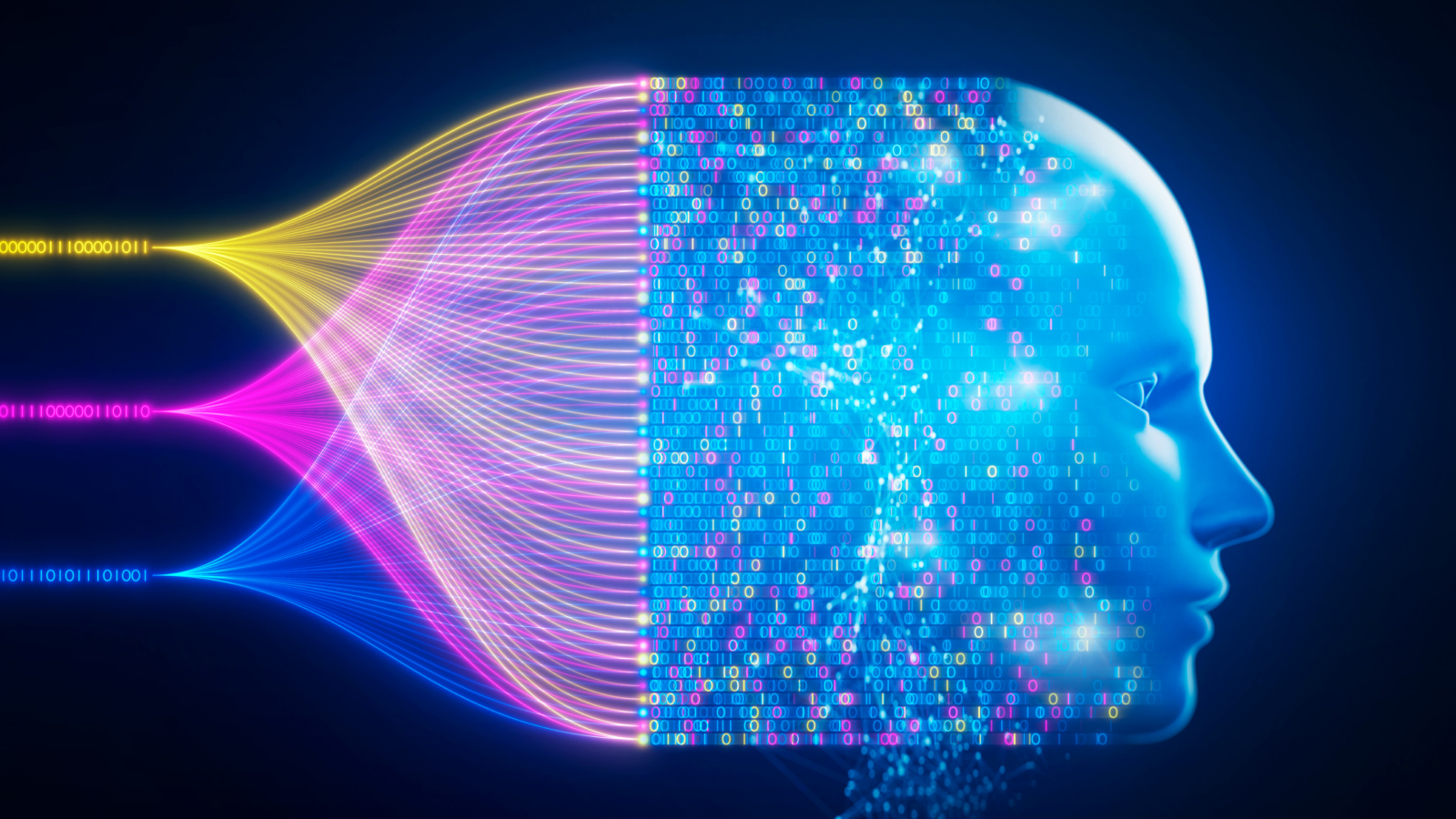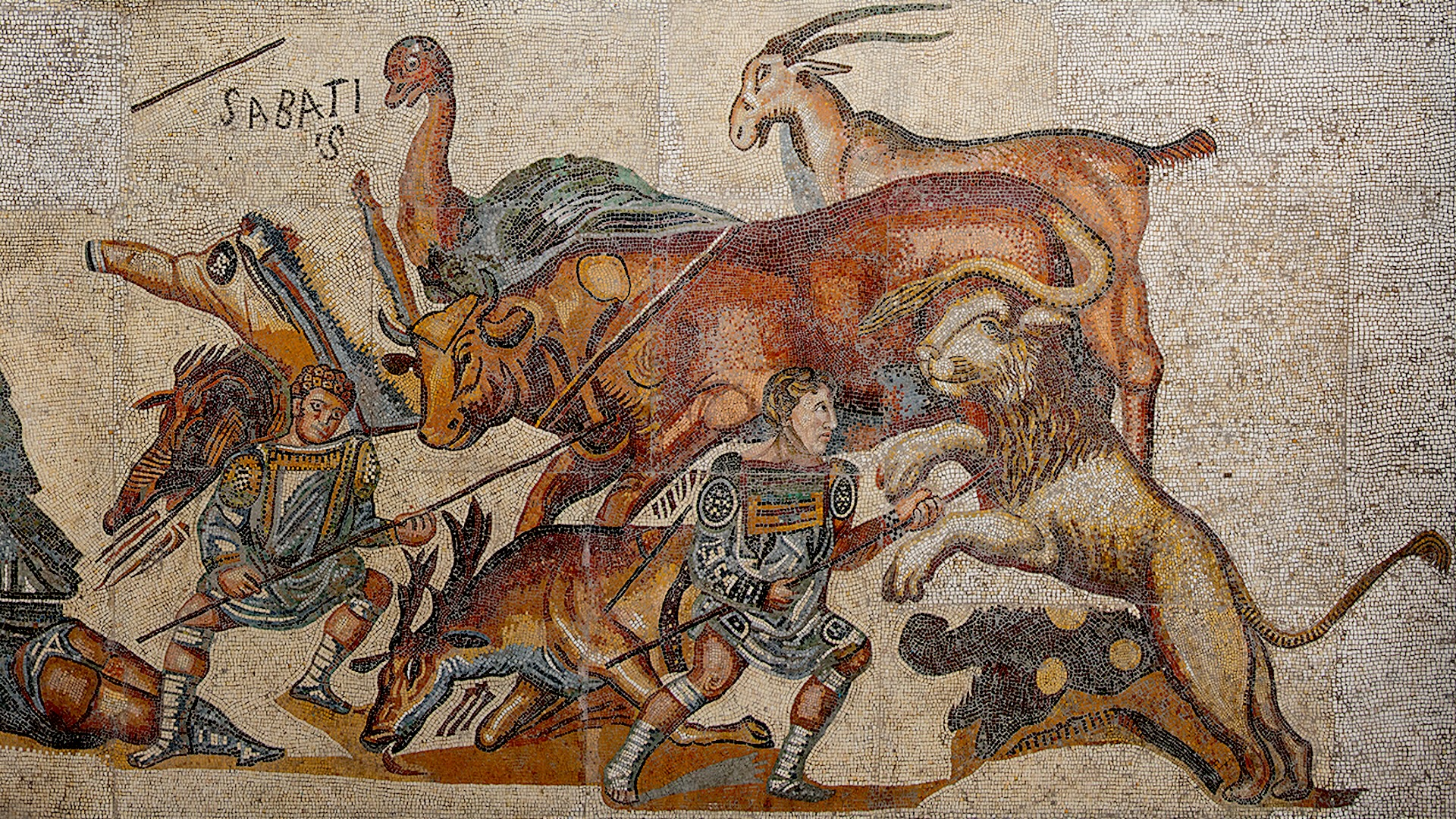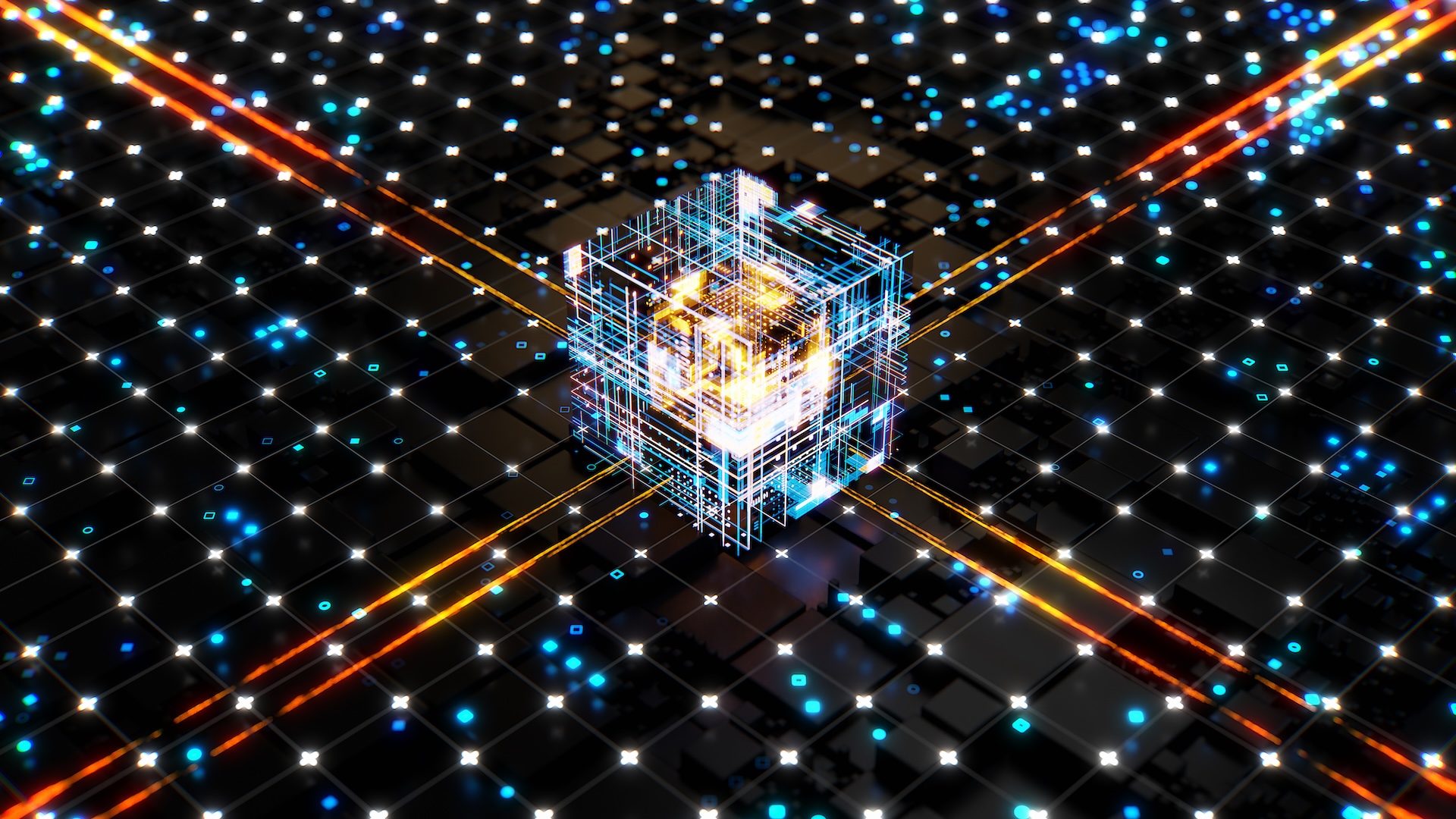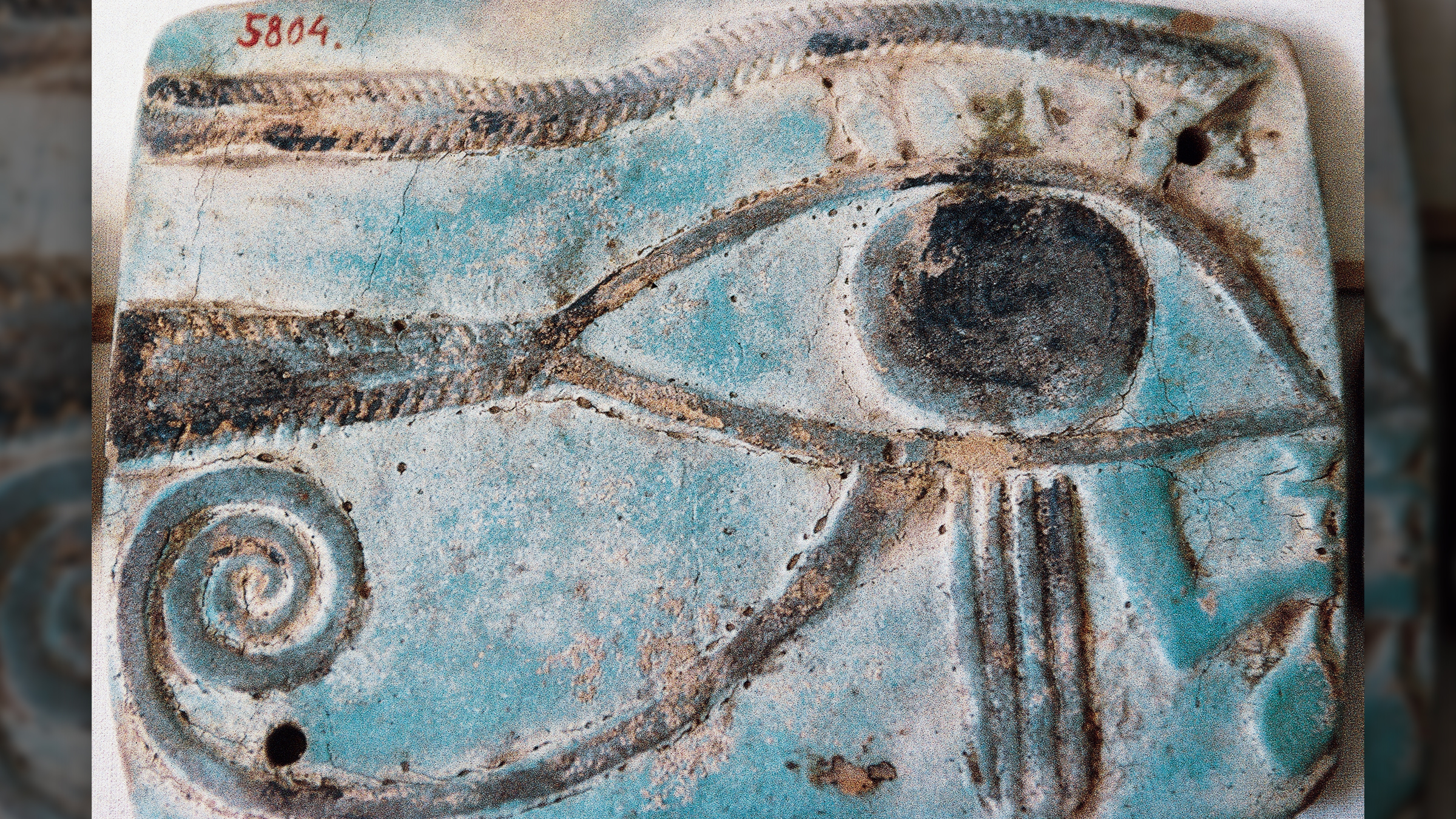What is embodied AI?
Embodied AI enables robots and autonomous drones to interact with the real world, but how does it work?

Artificial intelligence (AI) comes in many forms, from pattern recognition systems to generative AI. However, there's another type of AI that can respond almost instantly to real-word data: embodied AI.
But what exactly is this technology, and how does it work?
Embodied AI typically combines sensors with machine learning to respond to real-world data. Examples include autonomous drones, self-driving cars and factory automation. Robotic vacuum cleaners and lawn mowers use a simplified form of embodied AI.
These autonomous systems use AI to learn to navigate obstacles in the physical world. Most embodied AI uses an algorithmically encoded map that, in many ways, is akin to the mental map of London's labyrinthine network of roads and landmarks used by the city's taxi drivers. In fact, research on how London's taxi drivers determine a route has been used to inform the development of such embodied systems.
Some of these systems also incorporate the type of embodied, group intelligence found in swarms of insects, flocks of birds, or herds of animals. These groups synchronize their movements subconsciously. Mimicking this behavior is a useful strategy for developing a network of drones or warehouse vehicles that are controlled by an embodied AI.
History of embodied AI
The development of embodied AI began in the 1950s, with the cybernetic tortoise, which was created by William Grey Walter at the Burden Neurological Institute in the U.K. But it would take decades for embodied AI to come into its own. Whereas cognitive and generative AI learn from large language models, embodied AI learns from its experiences in the physical world, just as humans react to what they see and hear.
However, the sensory inputs of embodied AI are quite different from human senses. Embodied AI may detect X-rays, ultraviolet and infrared light, magnetic fields or GPS data. Computer vision algorithms can then use this sensory data to identify objects and respond to them.
Sign up for the Live Science daily newsletter now
Get the world’s most fascinating discoveries delivered straight to your inbox.
Building a world model
The core element of an embodied AI is its world model, which is designed for its operating environment. This world model is similar to our own understanding of the surrounding environment.
The world model is supported by different learning approaches. One example is reinforcement learning, which uses a policy-based approach to determine a route — for instance, with rules like "always do X when encountering Y."
Another is active inference, which is modeled on how the human brain operates. These models continuously take in data from the environment and update the world model based on this real-time stream - similar to how we react based on what we see and hear. In contrast, some other AI models do not evolve in real time.
Active inference begins with a basic level of understanding of the environment, but it can evolve rapidly. As such, any autonomous vehicle that relies on active inference needs extensive training to be safely deployed on the roads.
Embodied AI could also help chatbots provide a better customer experience by reading a customer's emotional state and adapting its responses accordingly.
Although embodied AI systems are still in their early stages, research is evolving rapidly. Improvements in generative AI will naturally inform the development of embodied AI. Embodied AI will also benefit from improvements in the accuracy and availability of the sensors it uses to determine its surroundings.
Peter is a degree-qualified engineer and experienced freelance journalist, specializing in science, technology and culture. He writes for a variety of publications, including the BBC, Computer Weekly, IT Pro, the Guardian and the Independent. He has worked as a technology journalist for over ten years. Peter has a degree in computer-aided engineering from Sheffield Hallam University. He has worked in both the engineering and architecture sectors, with various companies, including Rolls-Royce and Arup.











